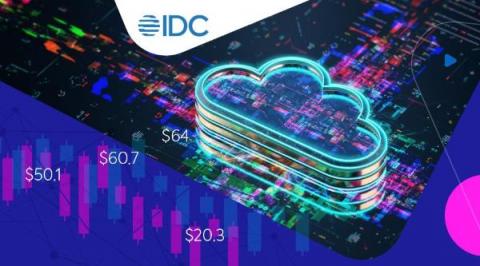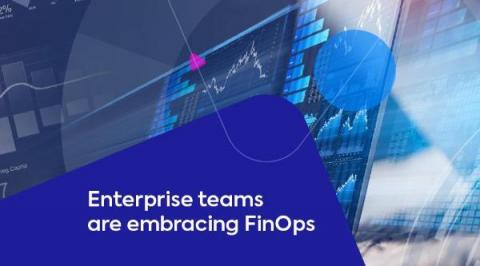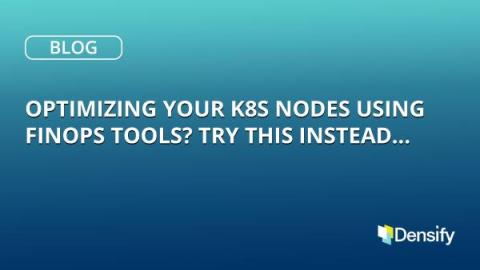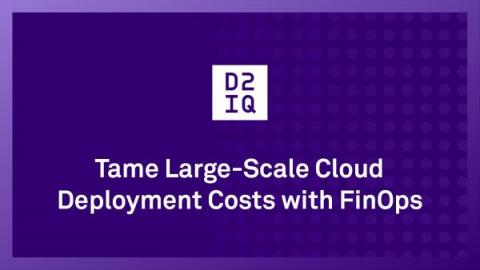Operations | Monitoring | ITSM | DevOps | Cloud
Latest Posts
The State of CloudOps in 2023: FinOps is still a work in progress
GigaOm once again names Spot by NetApp a Cloud FinOps leader
Lightrun Attendance at FinOps X 2023: Unveiling Key Insights, Highlights and Takeaways from the Show
This week Lightrun attended the annual FinOps X event. The event was sold out and packed with great speakers, practitioners, and amazing atmosphere. Compared to last year which had over 300 attendees, this year the event brought over 1200! Above is a screenshot taken from the venue entrance reminding the audience with the core principles of FinOps.
The Spot for FinOps: Accelerating customers' FinOps journey with enhanced insights, efficiency and optimization
Native Cloud Tools: Understanding Their Benefits for FinOps
Cloud tools are becoming indispensable for modern-day FinOps. They can improve efficiency and agility and deliver better client results. But what native cloud tools are right for you, and how can they benefit FinOps? Let’s find out. When managing financial operations in your organization, using native cloud tools is a must. Let’s take a closer look at some key advantages.
Optimizing Your K8s Nodes Using FinOps Tools? Try This Instead...
June 7, 2023 It’s no secret that Kubernetes is one of the fastest-growing technologies in use today for deploying and operating applications of all types in the cloud. It’s also no secret that Kubernetes’ popularity is a significant contributor to fast-growing cloud bills. FinOps teams are constantly looking for ways to lower their cloud spend, in cooperation with the DevOps, Engineering and App owner teams that control this infrastructure.
Webinar recap: FinOps for Managed Service Providers
Missed our latest webinar on FinOps for MSPs? We’ve got you covered! This blog post will cover what the FinOps experts discussed and the main things to remember. FinOps are revolutionizing MSP operations by adding a data-driven approach to cost management. This method helps MSPs optimize their cloud usage, provide white-glove support to customers, and give visibility on their expenses.
Finance and supply chain meet ServiceNow workflows
Few areas of business have faced more pressure over the last three years than finance and supply chain teams. Yet most are stuck managing this upheaval with manual activities and processes that haven’t changed much since the last enterprise resource planning (ERP) implementation. The systems and tools these departments traditionally rely on lack the agility needed to excel in today’s business reality. That’s why we’re introducing ServiceNow Finance and Supply Chain Workflows.
Tame Large-Scale Cloud Deployment Costs with FinOps
One of the biggest issues related to large-scale cloud deployments is overspending. It’s no surprise that as organizations scale their cloud-native Kubernetes environments, the associated costs rise along with that growth. However, there is a disconnect between the rising expenses and how well businesses can accurately and effectively monitor and control costs in the cloud, across multiple clouds and in hybrid cloud environments.










